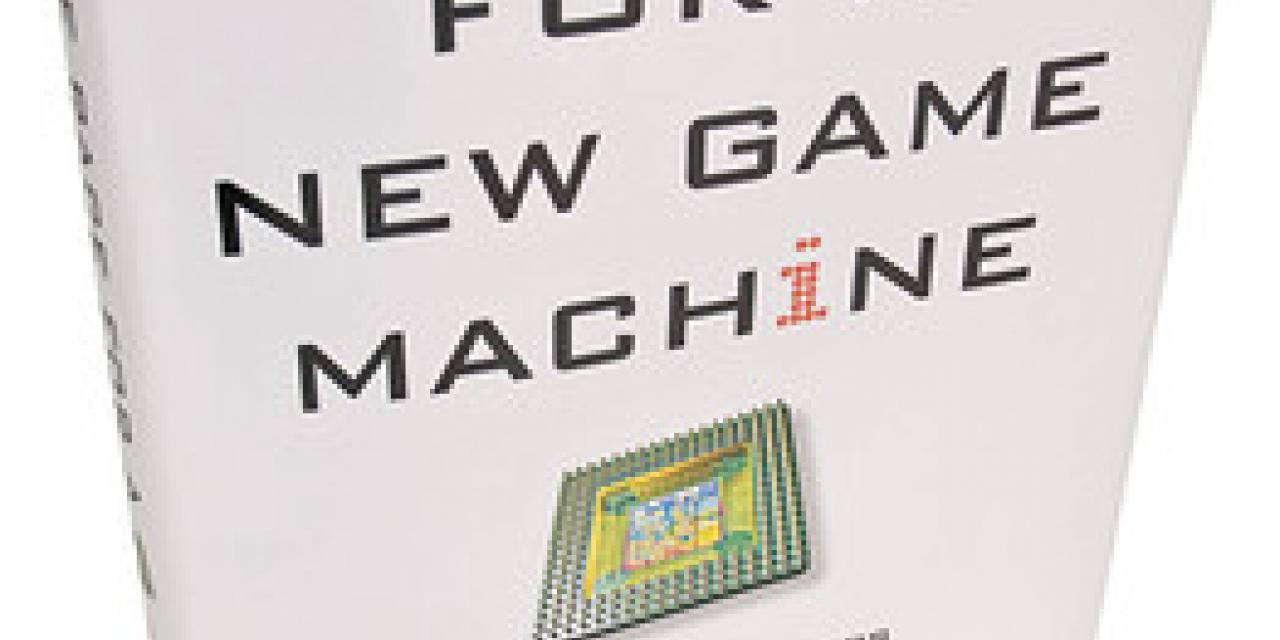
Written by two designers of the Cell processor, a new book called "The Race for a New Game Machine" describes the creation of Sony's Playstation 3 CPU, and how its efforts backfired by directly helping its competitor, Microsoft.
In 2001, Sony, Toshiba and IBM committed themselves to spending $400 million over five years to design the Cell processor, not counting the millions of dollars it would take to build two production facilities for making the chip itself. Sony and Toshiba sent teams of their engineers to IBM's headquarters in Austin to live and work with the IBM engineers who lead the development process.
But only a year and a half later, another player entered the game late in 2002 as Microsoft contracted IBM to create Microsoft's Xbox 360 CPU. In 2003, IBM's Adam Bennett showed Microsoft specs for the still-in-development Cell core. Microsoft was interested and inked the deal.
For the rest of the design phase, IBM employees were hiding their work from Sony and Toshiba engineers in the cubicles next to them and the Xbox chip was being tested a few floors above the Cell design teams. David Shippy, one of the two coauthors, felt particularly "contaminated" as he sat down with the Microsoft engineers, helping them with lessons learned from his earlier work on Playstation.
Finally, when the design phase was over, both Sony and Microsoft commissioned IBM to manufacture their chips. There was a problem with the first batch which led to a 6 weeks delay for Sony. Microsoft on the other hand was savvy enough to commission a third party for backup manufacturing capacity. In the end, Microsoft met its target launch date in November 2005, while Sony who helped design the chip had to postpone Playstation 3 launch for another year (other factors contributed to the long delay). During that year, Microsoft managed to secure a head start of more than 8 million consoles sold.
The Race for a New Game Machine is written by David Shippy and Mickie Phipps - (Citadel, 240 pages, $21.95)








